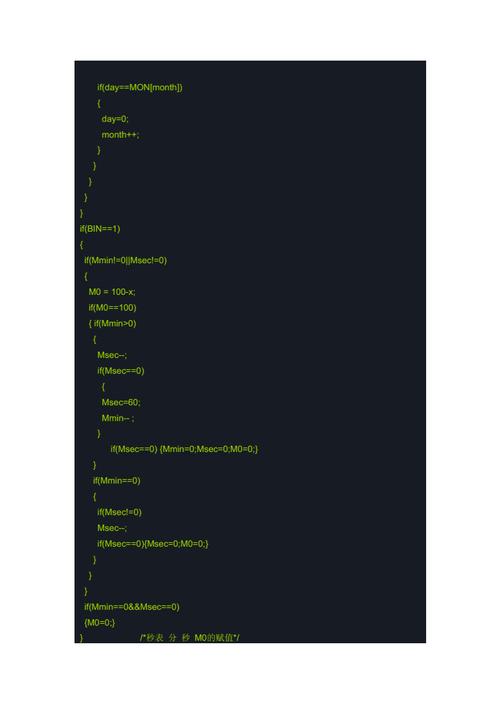Title: Mastering Timecode Programming for Seamless Integration
In modern multimedia production and various techdriven industries, timecode programming plays a crucial role in synchronizing different devices, enabling seamless collaboration, and ensuring precision timing. Whether you're in film production, live events, broadcasting, or any field relying on synchronized audio and video, mastering timecode programming is essential. Let's delve into the intricacies of timecode programming, its applications, and tips for effective implementation.
Understanding Timecode:
Timecode is a digital signal used to synchronize different media components precisely. It assigns a unique address to each frame of video or sample of audio, allowing devices to stay perfectly synchronized. Timecode typically consists of hours, minutes, seconds, and frames, represented in various formats like SMPTE (Society of Motion Picture and Television Engineers) or MIDI timecode.
Applications Across Industries:
1.
Film Production:
Timecode is fundamental in film production for synchronizing audio and video recordings from multiple sources, including cameras, microphones, and external recorders.
2.
Live Events:
Concerts, theater productions, and live broadcasts heavily rely on timecode to coordinate lighting, sound effects, video projections, and other elements.

3.
Broadcasting:
Television networks use timecode to ensure seamless transitions between programs, commercials, and live feeds.
4.
Virtual Reality (VR) and Augmented Reality (AR):
Timecode synchronization is critical in VR and AR applications to maintain immersion and synchronize virtual elements with realworld actions.
Key Components of Timecode Programming:
1.
Generator:
A timecode generator produces a precise time signal that serves as a reference for all devices in a setup.
2.
Reader:
Timecode readers interpret the time signal and synchronize the connected devices accordingly.
3.
Software Integration:
Timecode programming often involves integrating software solutions for advanced functionalities like automatic scene detection, logging, and postproduction workflows.
Best Practices for Timecode Programming:
1.
Choose the Right Format:
Select the appropriate timecode format based on your industry standards and equipment compatibility.
2.
Maintain Synchronization:
Regularly check and calibrate timecode devices to ensure consistent synchronization throughout the production process.
3.
Backup Systems:
Implement redundant timecode systems or backup solutions to mitigate the risk of synchronization failures.
4.
Labeling and Organization:
Clearly label timecode sources and maintain organized documentation to troubleshoot issues efficiently.
5.
Testing and Rehearsals:
Conduct thorough testing and rehearsals with timecode synchronization to identify and address potential issues before live events or recordings.
Advanced Techniques and Considerations:
1.
JamSyncing:
Jamsyncing allows devices to synchronize their internal clocks with an external timecode reference, ensuring accuracy over extended periods.
2.
Wireless Timecode:
Wireless timecode solutions offer flexibility and mobility, ideal for complex setups or outdoor environments where wired connections are impractical.
3.
Timecode Offset:
Adjust timecode offsets to compensate for latency or delay introduced by signal processing or transmission, ensuring precise synchronization.
4.
Frame Rate Conversion:
When working with content at different frame rates, employ frame rate conversion techniques to maintain synchronization without compromising quality.
Conclusion:
Timecode programming is the backbone of synchronized multimedia production, enabling seamless integration of audio, video, and other media elements across various industries. By understanding its principles, implementing best practices, and leveraging advanced techniques, professionals can achieve impeccable synchronization and elevate the quality of their productions. Whether you're orchestrating a film shoot, live event, or broadcast, mastering timecode programming is essential for delivering exceptional results in today's techdriven world.
This comprehensive guide should provide a solid foundation for anyone looking to dive into the intricacies of timecode programming and harness its full potential in their respective fields.
References:
Society of Motion Picture and Television Engineers (SMPTE)
Professional Audio and Video Associations
Industryspecific publications and forums
文章已关闭评论!
